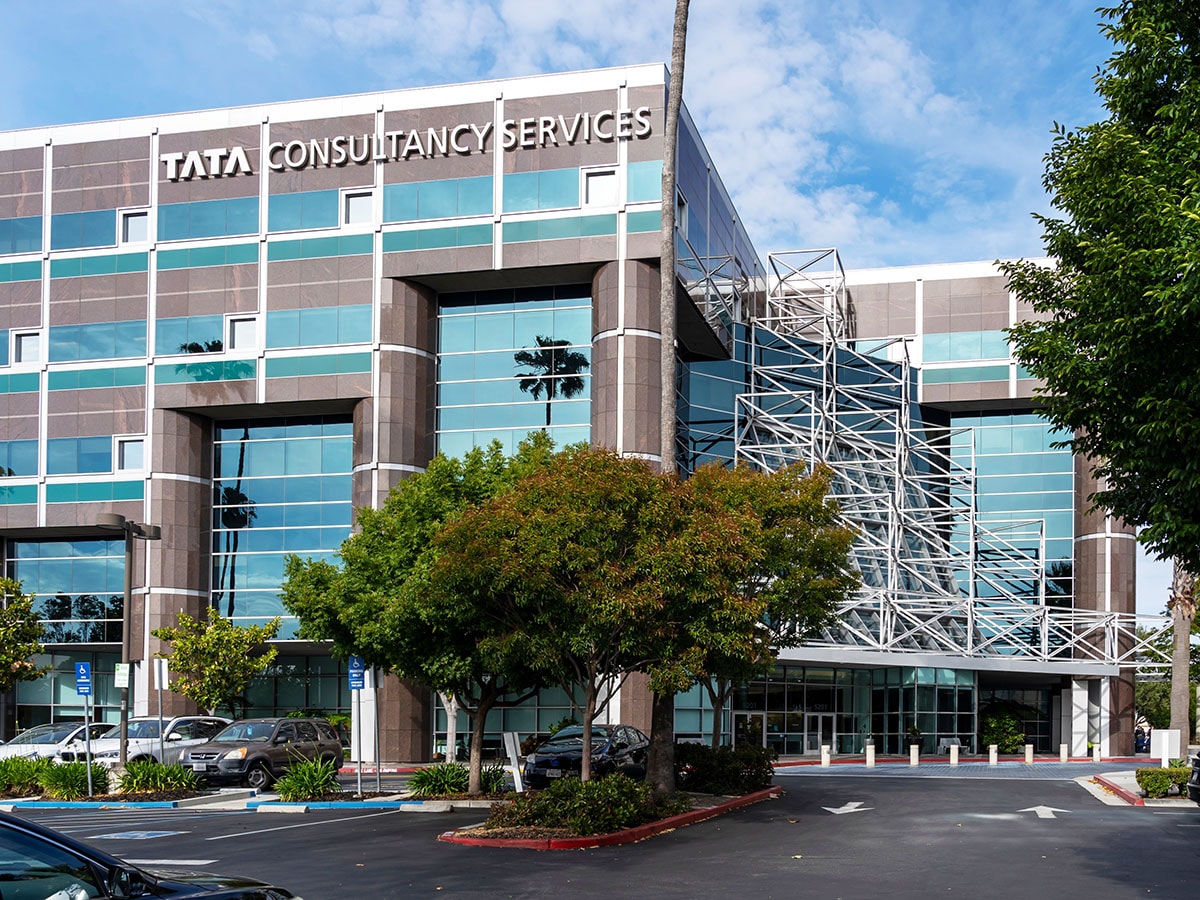Tata crown jewel TCS, sans Ratan Tata, reports earnings today: Five points to ponder
On an end-of-era day for the Tata Group, Tata Consultancy Services gears up to report its earnings shortly after markets today
 TCS finds itself reporting quarterly earnings on the day Ratan Tata, embodiment of the group, died.
Image: Shutterstock
TCS finds itself reporting quarterly earnings on the day Ratan Tata, embodiment of the group, died.
Image: Shutterstock
Tata Consultancy, India’s biggest IT services company and historically referred to as the crown jewel of the Tata Group, finds itself reporting quarterly earnings on the day Ratan Tata, embodiment of the group, died.
TCS does not provide any quantitative projections, but investors will be keenly analysing any forward-looking comments from CEO and MD K Krithivasan and his top colleagues. Here are five points to ponder:
1. What are customers saying about discretionary IT spending?
Historically, the robustness of discretionary spending used to be a good indicator of the strength of demand in the tech services sector. Discretionary projects, as the term suggests, referred to projects that were good to have, which added value from a longer-term perspective, but were not essential in the near term for an enterprise customer to run its business.Today, a combination of factors is causing that demarcation to blur, according to IT industry experts. The protracted macroeconomic uncertainty is one factor. Amazon Web Services, Microsoft, and Google’s cloud unit – together the three biggest ‘hyperscalers’ as they have come to be known – all pushing to make cloud computing the default destination for IT is another.
“From discretionary demand point of view, the size and shape of that discretionary spend (itself) is changing,” Yugal Joshi, a partner at Everest Group, a research and advisory company, said in a recent interview with Forbes India. A lot of that discretionary spend is getting bundled into the run-the-business expenditure or into budgets for services managed by providers like the IT companies.

















